As I wrote in my article 7 good reasons to use a master keyboard, a master keyboard is a kind of piano that does not emit sounds. You need to connect it to your computer or a sampler to tell it what to play when you press one of the keys.
The choice of a master keyboard will depend on three factors: the use you make of it, the place you have in your studio and your budget.
I listed for you, at the end of the article, the best keyboards to start, in my opinion.
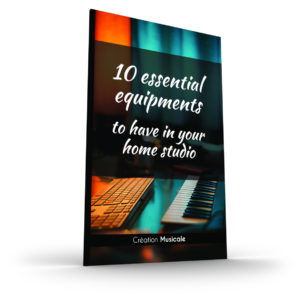
Interested by this post!
Subscribe to the newsletter to receive the new ones + my eBook "10 essential equipments to have in your home studio" for FREE!
(You'll receive max. one email per week) Your information will stay confidential.
There are dozens of master keyboard models. Some with 25, 32, 49, 61, 76 and 88 keys! Others with additional functions like pads, faders or knobs. There are two types of connections: USB and MIDI. I advise you to have both. If you can only have one then choose USB to connect it to your computer.
In terms of number of keys it depends on your use. Personally, I will advise a model of 49 keys minimum where you will be able to play with two hands. If you have plenty of room an 88-key model will be ideal. In addition, if you are already a fan of the piano then a model of 88 keys will, needless to say, the best choice.
If you have little room, I recommend a model of 32 keys. The 25-key models are the most common in small keyboard sizes but the keys you will have more on a model of 32 keys, you will give a non-negligible comfort.
As for digital piano some keyboard models have a touch called “heavy” or “semi-weighted”. They reproduce the feeling of a real piano. The disadvantage is that all these mechanisms weigh down the master keyboard.
In my listing, I dismissed the model of 76 keys. Quit having a big keyboard as much as taking one of 88 keys. Also consider that a keyboard 61 or 88 keys will have to be placed somewhere and stay there because they will be too heavy to be moved systematically to be able to use them. However, 25/32 keys keyboards can be moved for use. They are usually quite light. You can leave them in a corner and put them on your desk for use and then put them back in their place to free your desk. Keyboards with 49 keys can, if the touch is not heavy, be moved for their use.
I have a 49-key keyboard under my desk that I put on my knees to use. It is not heavy, but if it was a heavy touch model then taking it under the desk would have been much more exhausting.
Some keyboards have a jack input for the sustain pedal. It plays the same role as the forte pedal on a piano. That is to say when the foot presses on this pedal, the notes continue to sound even if you release the key. To use it, you need a sustain pedal that you plug into this input. Small keyboard models often have a sustain button that you can press to have the same effect, but it’s less convenient if you need both hands to play. Sustain also depends on the settings of your virtual instruments in your DAW. Some settings allow you to have an automatic sustain of the sound. The sound produced may sound for a moment or even indefinitely.
For master keyboards with additional functions, you can use pads, knobs or faders.
For faders, you just have to be careful if they are motorized or not. If they are not, they will be useful mainly to control your playing. For example, by playing with the dynamics of an instrument while it is sounding, to give it more life. On the other hand, this type of fader will be more difficult to use to control the virtual mixer of your DAW because they will not move by themselves if you control the virtual faders directly, but above all they will not adapt if you open another project. You will have to do it systematically by hand, which will quickly become tedious with the risk of changing the values of your mix. At this point, it is more interesting to buy a control surface or a separate mixer with motorized faders.
Here is my list of keyboard-masters to begin with. I put in parentheses the available inputs for each model (usb / midi / bluetooth / sustain):
M-Audio Keystation 88 (88 keys / usb / midi / sustain)
Interesting to start if you have enough room. The 88-key model has as many keys as a real piano. So if you want to learn a little piano, it’s ideal.
If you do not have a suitable desk, you will need a digital piano stand or an “X” stand to install it and a USB cable long enough to connect it to your computer. Also plan a sustain pedal to enjoy the most of its possibilities.
There are also 61 and 49 keys versions.
Click below to discover its price on Amazon and the accessories I recommend:
– M-Audio Keystation 88 II
– M-Audio Keystation 61 II
– M-Audio Keystation 49 II
– Piano stand
– Keyboard Stool
– M-Audio Sustain Pedal
– USB cable 3 meters
Alesis V61 (61 keys / usb / sustain)
I added this model because it has 8 pads, 4 knobs and 4 assignable buttons. What to having fun with.
As for the M-Audio Keystation, because of its length (model 61 and 49 keys), you will probably need a support and a USB cable long enough. A sustain pedal can be useful too.
There are also 25 and 49 keys versions.
Click below to discover its price on Amazon and the accessories I recommend:
– Alesis V61
– Alesis V49
– Alesis V25
– Piano stand
– Keyboard Stool
– M-Audio Sustain Pedal
– USB cable 3 meters
Nektar LX61+ (61 keys / usb / sustain)
This Nektar LX61+ has 8 faders, 8 pads, 8 knobs. What to having all at your hand.
As for big keyboards (model 88, 61 and 49 keys), you will probably need a support and a USB cable long enough. A sustain pedal can be useful too.
There are also 25, 49 and 88 keys versions.
Click below to discover its price on Amazon and the accessories I recommend:
– 88 touches : Amazon / Thomann
– 61 touches : Amazon / Thomann
– 49 touches : Amazon / Thomann
– 25 touches : Amazon / Thomann
– Support en “X” : Amazon / Thomann
– Banquette réglable pour piano : Amazon / Thomann
– M-Audio Pédale de Sustain : Amazon / Thomann
– Câble USB 3 mètres : Amazon / Thomann
Korg microKEY 61 (61 keys / bluetooth / usb)
The microKey range from Korg offers space saving keyboards. Transportable, they are narrow enough to fit between you and your computer keyboard. History to have access to both at the same time. The counterpart is a little narrower keys. On the model of 25 keys, a joystick comes to replace the modulation and bend wheels.
The “Air” version of microKey integrates a connection via bluetooth to allow you to connect it to your tablet and / or smartphone. Of course with an application that can recognize the keyboard. It also has an assignable jack that could be used as a sustain pedal input.
There are also 49, 37 and 25 keys versions. If you hesitate between the model 25 and 37 keys, I recommend the 37 keys for the reasons invoked earlier in the article.
Click below to discover its price on Amazon and the accessories I recommend:
– Korg microKEY 61
– Korg microKEY 49
– Korg microKEY 37
– Korg microKEY Air 25
– M-Audio Sustain Pedal
– USB cable 3 meters
M-Audio Keystation Mini 32 (32 keys / usb)
This is the model I own. It is very light, shallow, thin but with 32 keys!
I put it on my desk between me and my computer keyboard and I can easily access both. The keys are narrow and short but frankly playable. It slips easily into a bag.
There are no modulation wheels and bend but buttons instead. It’s not very practical if you want to manage these effects precisely.
Click below to discover its price on Amazon:
– M-Audio Keystation Mini 32
Korg nanoKEY 2 (25 keys / usb)
The nanoKey is unbeatable in terms of compactness. He is very fine. You can easily slip it into your bag.
Due to its small thickness, the stroke of the keys is very short. It will take a little time to adapt if you are used to playing on a keyboard with higher keys.
It exists in white too.
Click below to discover its price on Amazon:
– Korg nanoKEY 2 – Black
– Korg nanoKEY 2 – White
M-Audio Axiom Mini 32 (32 keys / usb)
Here is the doped version of the Keystation Mini 32. We find our 32 keys but with 8 pads, 8 knobs, buttons for transport and navigation.
If you have room on your desk, the Axiom mini 32 can be very useful.
Click below to discover its price on Amazon:
– M-Audio Axiom Mini 32
Akai MPK Mini Mk2 (25 keys / usb / sustain)
Despite its resemblance to the Axiom Mini 32, I included the MPK Mini in my selection because it has a joystick that controls the modulation and pitch bend.
It’s available in black too.
Click below to discover its price on Amazon:
– Akai MPK Mini Mk2 – Red
– Akai MPK Mini Mk2 – Black
Akai APC Keys 25 (25 keys / usb)
If you want to perform live, this keyboard is for you. It is affordable and versatile. You have 8 potentiometers and a matrix of backlit pads to create and launch your loops. It is perfect to start.
It comes with Ableton Live Lite so you can already take advantage of its features and see if you like it.
Click below to discover its price on Amazon:
– Akai APC Keys 25
Of course this list is non-exhaustive because there are still dozens of other models either closer to a real piano or with more features but may for some be very expensive. To you to see according to your taste and your budget. In most known brands, keyboards are well made. You can not go wrong.
I hope this list will be useful in your creations. Leave me a message in the comments if you liked this article, if you have any comments or if you have questions or topics that you would like me to talk about.

Interested by this post!
Subscribe to the newsletter to receive the new ones + my eBook "10 essential equipments to have in your home studio" for FREE!
(You'll receive max. one email per week) Your information will stay confidential.
Photo : Pixabay











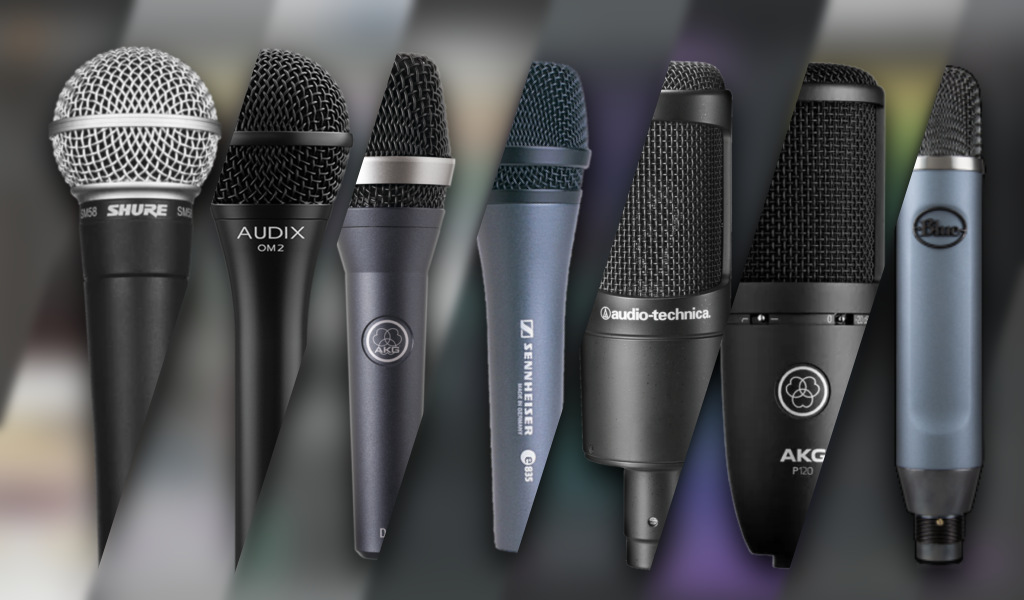
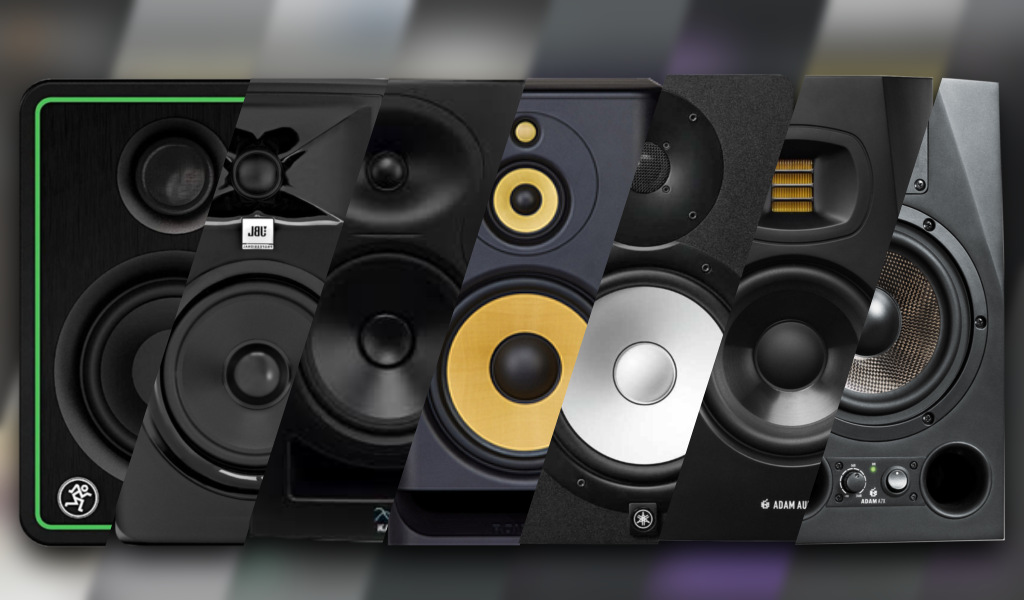
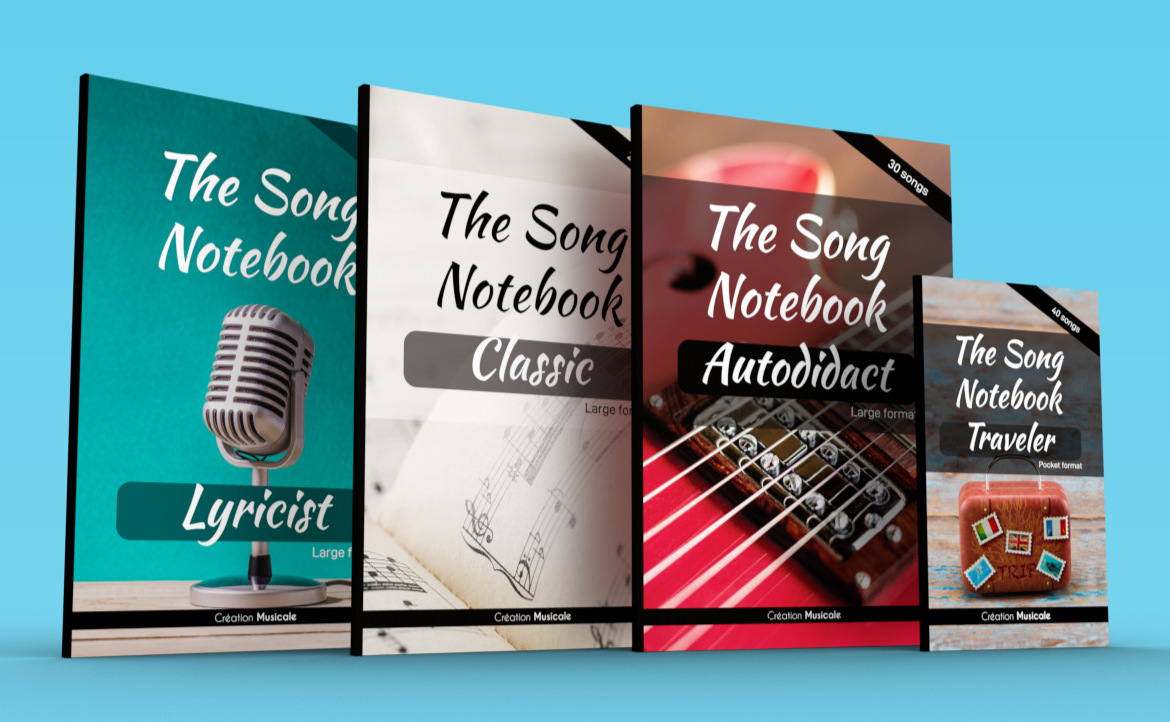
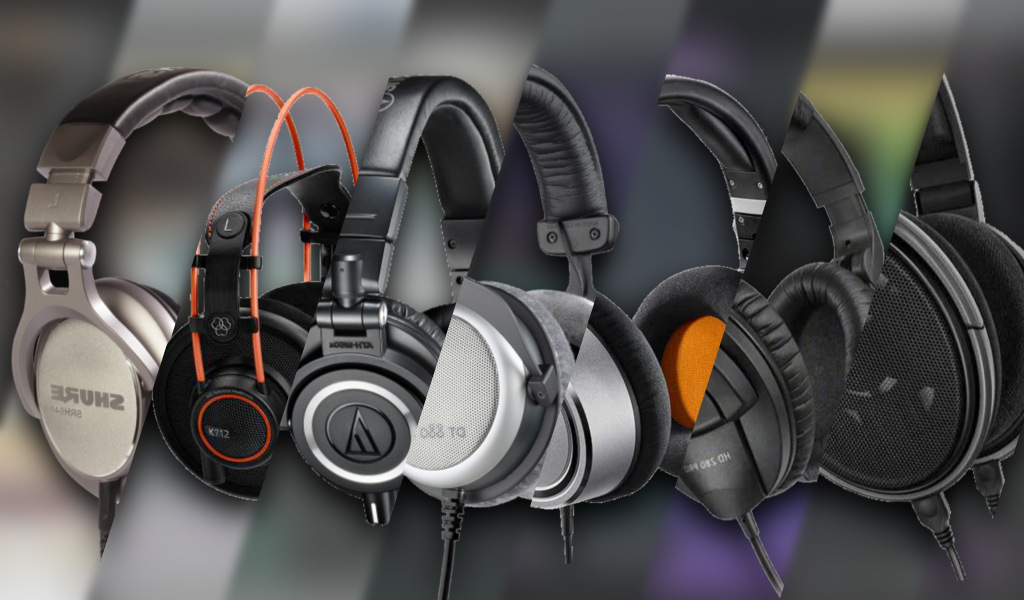

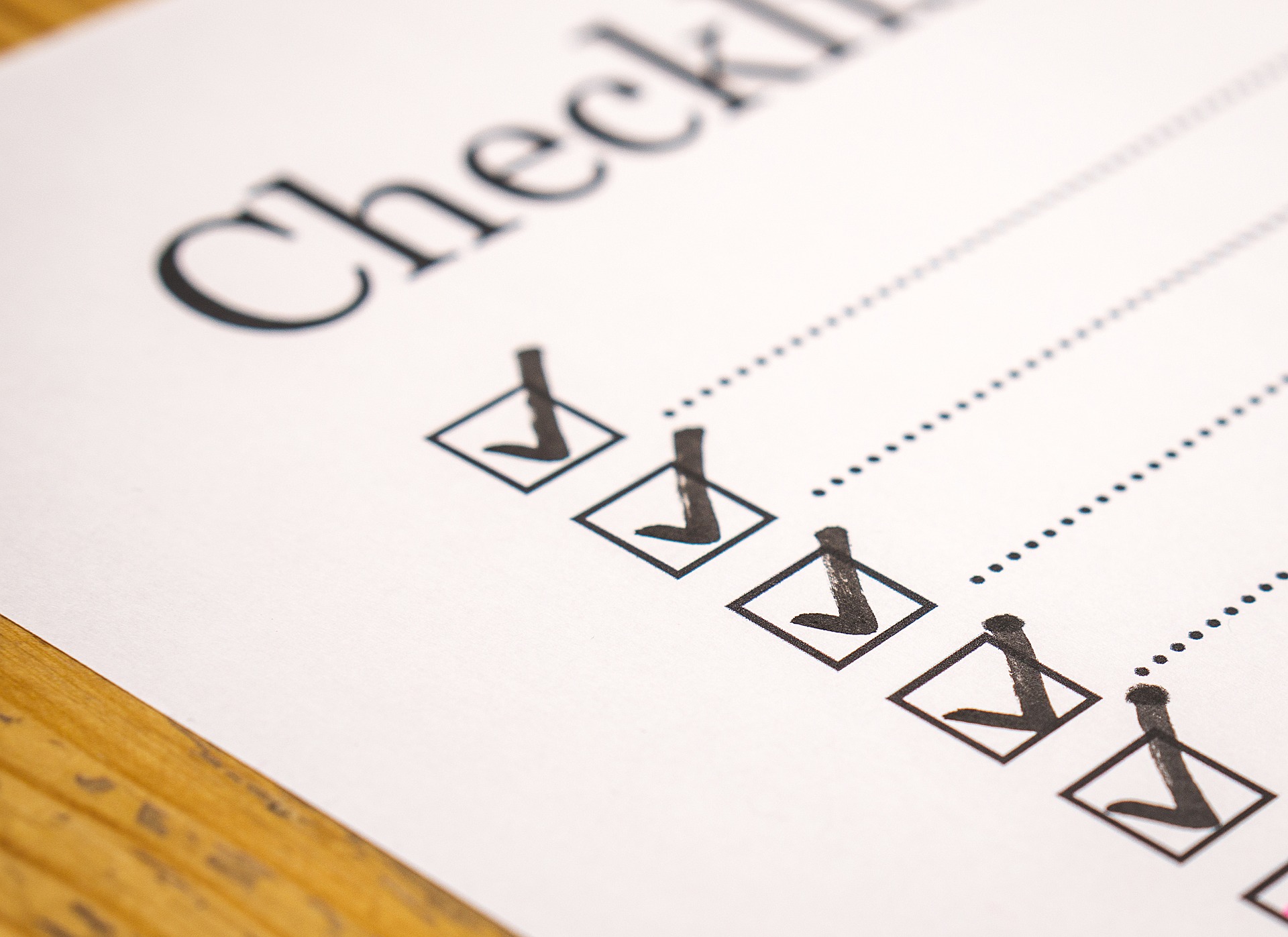
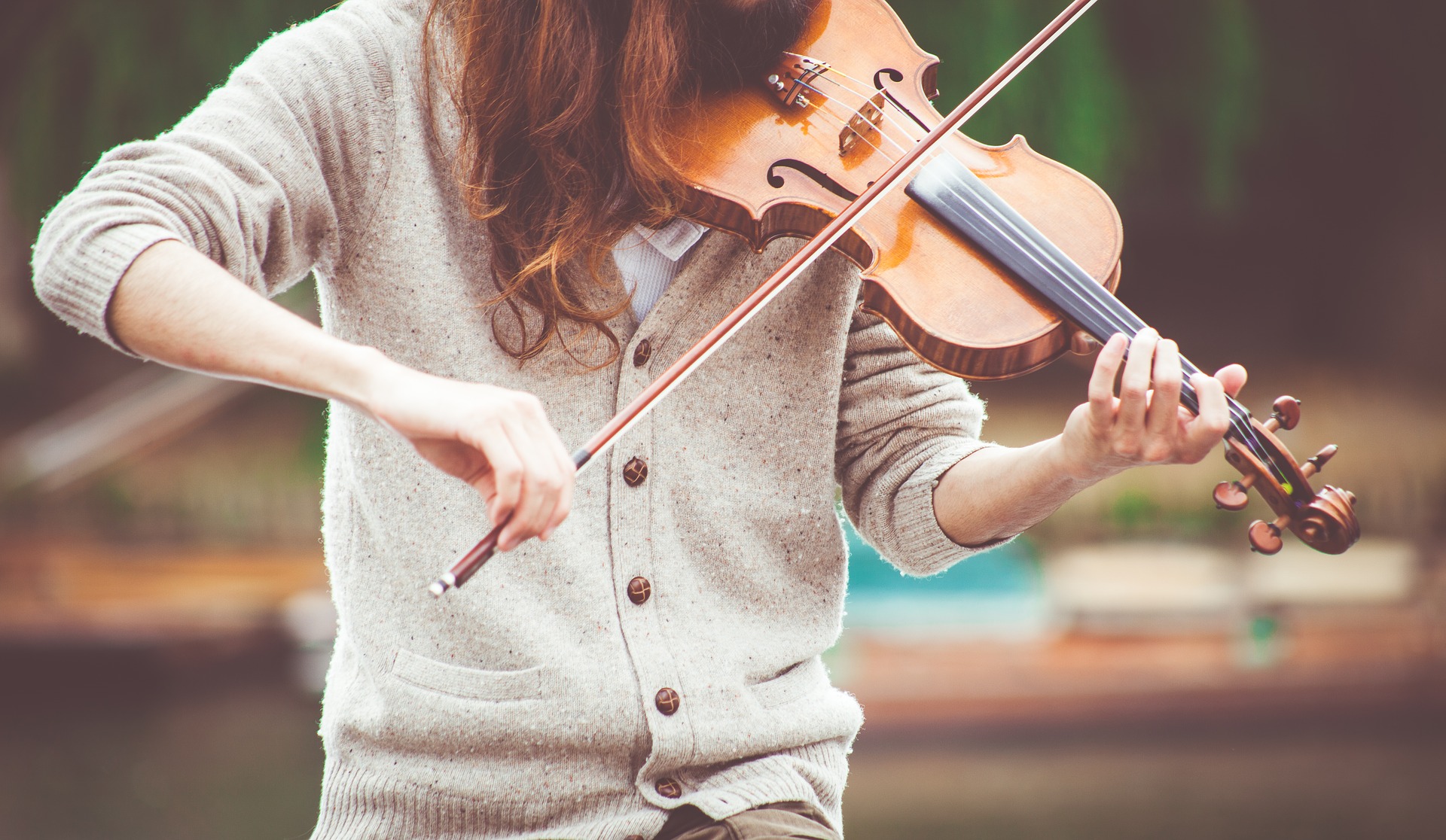

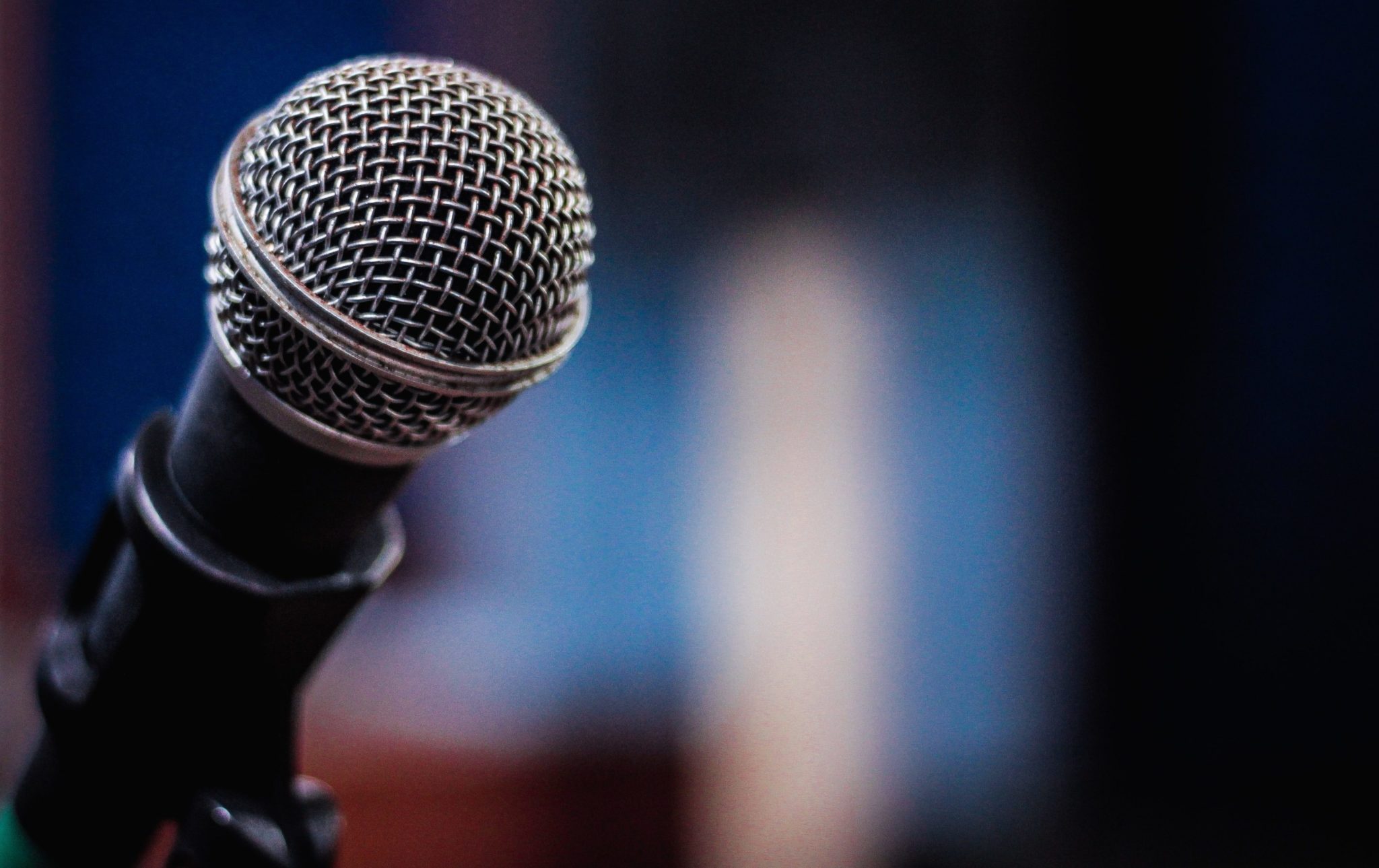
Be the first to comment